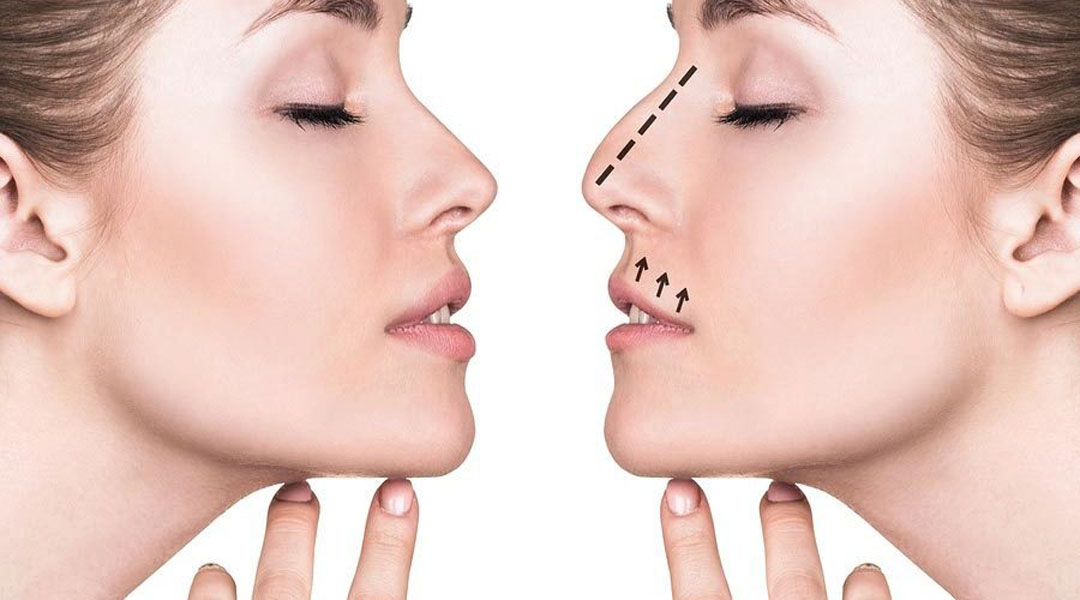How rhinoplasty works

What is a rhinoplasty?
Rhinoplasty is surgery that modifies the shape of the nose and is one of the most common surgical operations performed in plastic surgery. Rhinoplasty can decrease or increase the size of the nose, change the shape of the tip or the bridge, narrow the nostrils or change the angle between the nose and the upper lip. It also corrects congenital problems, traumatisms and some respiratory problems.
Who is the ideal candidate?
The ideal candidates to undergo a rhinoplasty are those people who are looking for an improvement but not total perfection with regard to their appearance. If you are in good overall health, psychologically stable, and are realistic in your expectations you’ll be a good candidate. Rhinoplasty will improve your appearance and self-confidence, but it won’t allow you to look like someone else and neither will it mean that we will be treated differently by other people. Before deciding if you want to undergo a rhinoplasty think carefully about what you want to achieve and we will give you realistic advice.
Reasons for having a rhinoplasty
Rhinoplasty is usually requested by someone for the following, amongst other, reasons:
- Reduction or increase in the size or scale of the nose;
- Modification of the shape of the tip of the nose;
- Reduction of the openings of the nostrils;
- Modification of the angle between the nose and the upper lip;
- Correction of a variety of possible congenital defects;
- For functional reasons, in other words, to correct respiratory problems.
What is the rhinoplasty operation like?
The rhinoplasty operation lasts between one and two hours.
It’s difficult to give a detailed description of each of the stages of the rhinoplasty operation because there is a wide variety of types of nose surgery, meaning that the procedures and techniques are very diverse. Nevertheless, it’s worthwhile commenting certain relevant aspects that affect the surgical operation. Amongst others the following:
- The duration of the operation lasts between about one and two hours;
- The rhinoplasty must be performed in a hospital or suitably equipped medical centre;
- Hospital admittance generally lasts from a few hours to an overnight stay.
The anaesthesia used in a rhinoplasty operation
The two types of anaesthesia used in a rhinoplasty operation are local anaesthesia with sedation and general anaesthesia. The use of one or other type of anaesthesia depends on the kind of rhinoplasty to be performed. Local anaesthesia with sedation allows the patient to remain awake during the operation, whilst being totally relaxed and without feeling any pain. With general anaesthesia the patient remains fast asleep during the operation. Later on, we will comment on the suitability of using one or other type of anaesthesia.
Stages of the operation
During the operation the skin of the nose is separated from its base, in other words from the bone and cartilage, so that it can be sculpted in the desired shape according to the patient’s wishes. On many occasions this is performed inside the nose through small incisions inside the nostrils. However, on many other occasions it is necessary to use open rhinoplasty via a small incision in the columella.
To finish, a plaster cast is applied in order to adjust and set the new shape of the nose. Likewise, nostril plugs can be introduced to avoid nose bleeds and to stabilise the nasal bone. As long as the recommendations are followed, recovery after rhinoplasty is highly satisfactory.
Is rhinoplasty painful?
During the operation the patient will in no way feel any pain whatsoever thanks to the use of the anaesthesia. Neither is the post-operative phase painful, only somewhat uncomfortable. For the first few days the nose will be blocked up meaning the patient has to breathe through the mouth.
Recovery after a rhinoplasty
After the surgery and for the first 24 hours the face can feel swollen, with discomfort around the nose and a headache, which are relieved with medication. You must remain lying down with your head upright for the first day (except to go to the bathroom). You’ll notice that the swelling and the bruising around the eyes increase until peaking after a maximum of 2 or 3 days. By applying cold compresses the swelling will go down and you’ll feel better. In any case, you’ll feel a lot better than your appearance suggests. The majority of the bruising and swelling will disappear within two weeks. It’s normal that during the first few days there is slight nose bleeding. You shouldn’t blow your nose energetically for about a week until the skin heals. If you have nose plugs, these can be taken out after 1 or 2 days.
After a week, or at most two, the plaster cast can be removed, and also the stitches from the skin, if you have them. Most patients feel fine within 2 days, and they can return to work or to school within a week. However, you shouldn’t undertake certain activities until some weeks later. Some recommendations are: avoid strenuous physical exercise (jogging, swimming, press-ups…) for 2 to 3 weeks, avoid knocking or hitting your nose and don’t sunbathe for 8 weeks, be careful when washing your face and applying make-up. You can put in your contact lenses when you feel like, but if you wear glasses you must take certain precautions. During the following months after the surgery you’ll have various check-ups to make sure everything’s evolving correctly. If you have any pain or discomfort between visits or if you have any doubts about what you should and shouldn’t do, don’t hesitate to get in touch with us.





